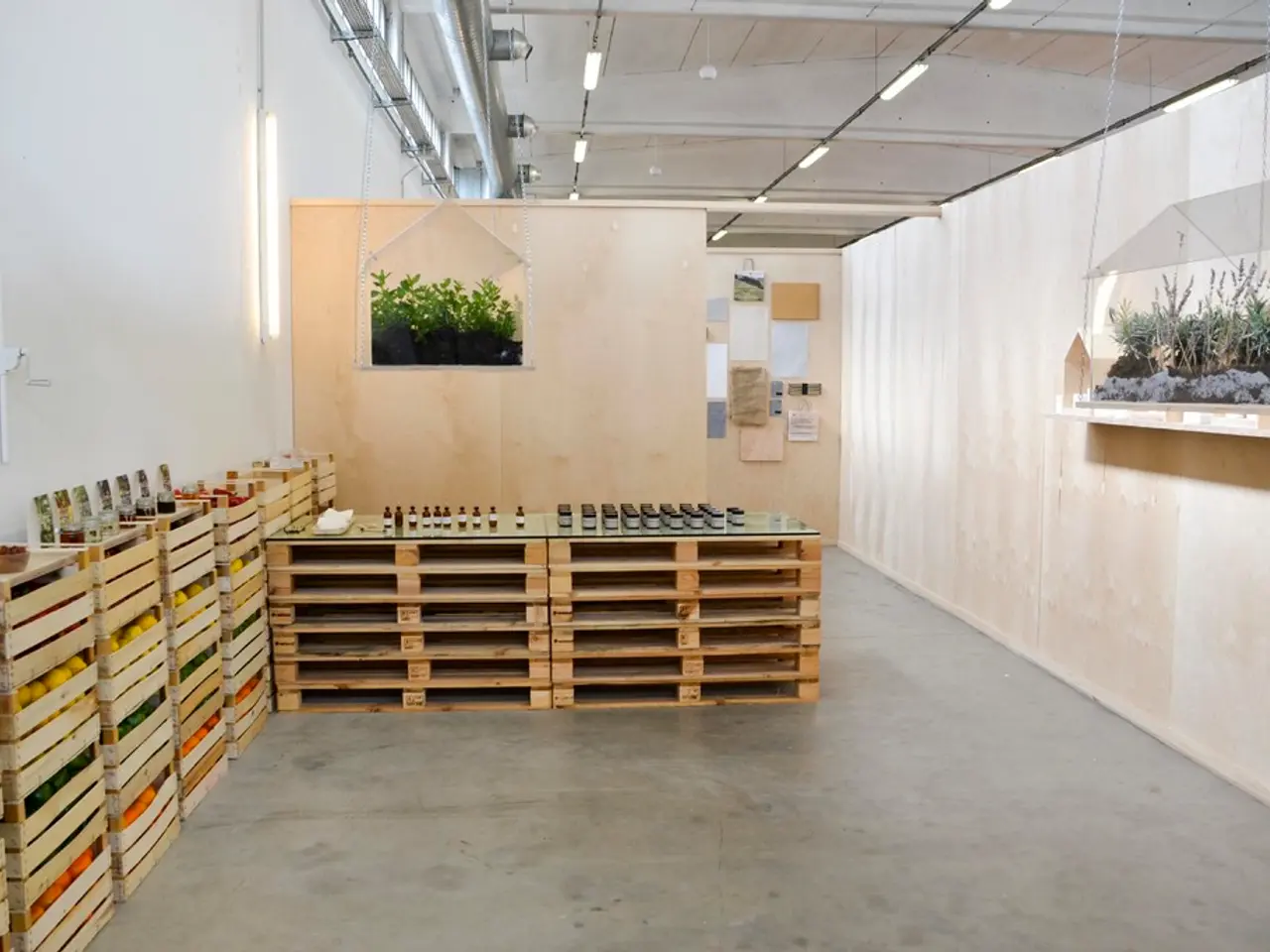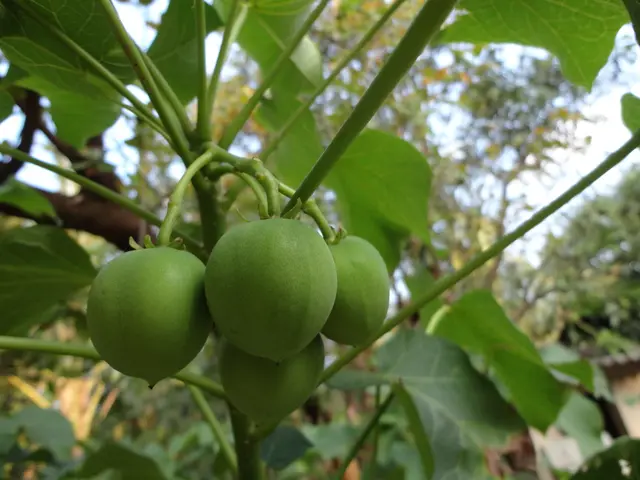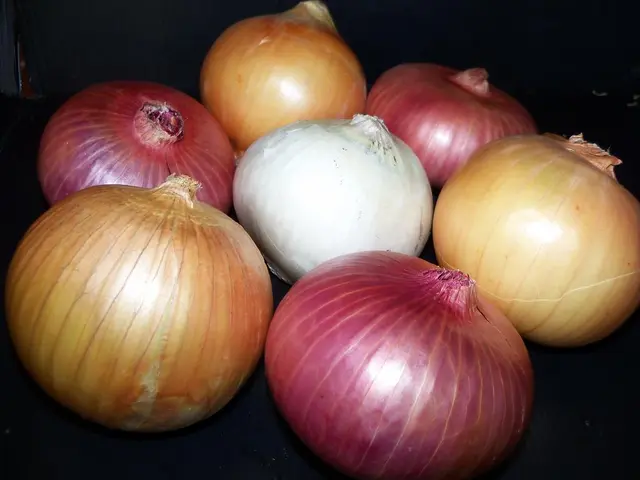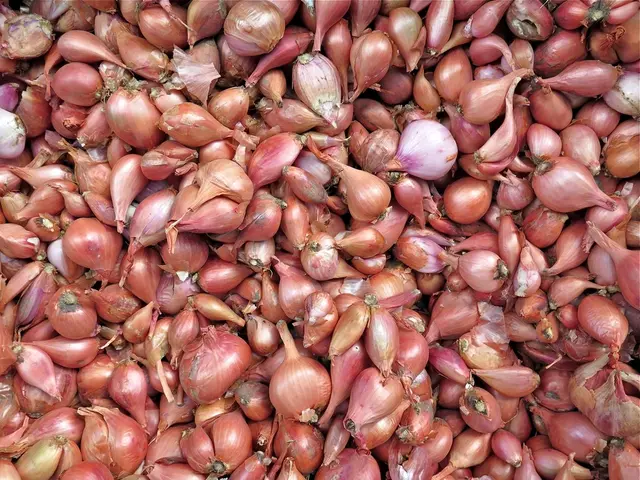Terrarium Illumination: Top Picks for Natural and Artificial Grow Lights
Lighting Up Your Terrarium: A Straightforward Guide to Adequate Lighting
—
Getting the Right Light for Your Terrarium
As a plant enthusiast, you probably already know that watering is crucial when it comes to caring for your terrarium. But what you might not realize is that lighting is just as important, if not more so. In fact, it's one of the most overlooked and misunderstood aspects of terrarium care.
Why? Because we're not biologically built to interpret light conditions effectively. Our eyes are designed to adapt, not to quantify light. In other words, what looks bright to us may not necessarily be bright enough for your terrarium plants. And as you can imagine, this can lead to some serious missteps when it comes to providing the right lighting.
Think you're the only one struggling with this issue? Think again. But fear not, because we're here to help you get the right lighting for your terrarium and choose the perfect grow light to make your life easier. Let's get started!
Natural Light vs. Grow Lights
Although low-light terrarium plants do exist, that doesn't mean they need no light at all. Most terrarium plants thrive in bright indirect light, which mimics their natural rainforest environment. What I call the "tropical gold standard." While natural light is ideal, it's not always feasible to place your terrarium in the perfect location to get the best light. That's where grow lights come in.
Grow lights tend to be harsher than warmer, but that's the nature of having light intense enough to produce growth. There are plenty of options available, from simple LED grow bulbs to bar-style aquarium lights. Just make sure to choose a full-spectrum LED grow light that provides the full spectrum of light required for plant health, including visible light for photosynthesis and some infrared components.
Choosing the Right Spot
If you're going to rely on natural light, it's important to choose the right spot in your home for your terrarium. The direction of the window and its proximity to the plants are the main factors. For the best results, place your terrarium near a north-facing window if possible, as these windows never see direct sunlight and enjoy indirect light throughout the day. East-facing windows receive some weaker direct sun in the morning, then bright indirect light throughout the rest of the day.
West-facing windows can be a bit tricky, as your terrarium will see some strong direct sunlight in the afternoon. To protect your plants, shield them from the harsh rays. South-facing windowsills are generally a no-go, as your terrarium will experience full sun throughout the hottest parts of the day.
Tips and Tricks
- Use sheer curtains to soften sunlight and filter it as needed.
- Position your terrarium as close to the window as possible (preferably on the windowsill) to maximize the amount of light it receives.
- If your location receives less than 10–16 hours of bright indirect light daily, plan to supplement with artificial lighting to maintain optimal plant health.
Conclusion
Proper lighting is crucial for the health and vibrancy of your terrarium plants. By following these simple tips, you can ensure your plants receive the right amount of light to thrive in their micro-ecosystem. Happy terrarium-ing!
If you're still struggling with getting the right lighting for your terrarium, let us know in the comments! We're always here to help.
Enrichment Data:
Overall:
To choose the right lighting for a terrarium and select a suitable grow light for optimal plant health, follow these practical steps:
Practical Steps for Choosing Terrarium Lighting
- Understand Plant Light Needs: Most terrarium plants thrive in bright, indirect light rather than direct sunlight, which can cause leaf scorching and excessive evaporation. Position your terrarium near a window with filtered light or use sheer curtains to soften sunlight[3][5].
- Determine Natural Light Availability: Assess how much natural light your terrarium location receives daily. If natural light is insufficient (less than 10–16 hours of bright indirect light), plan to supplement with artificial lighting to maintain optimal plant health[5].
- Choose Light Spectrum and Color Temperature: Plants require full-spectrum light that mimics natural sunlight, including visible light for photosynthesis and some infrared components. For artificial lighting, use full-spectrum LED grow lights with a color temperature between 5,000 and 6,500 Kelvin, which replicates daylight and supports photosynthesis effectively[1][5].
- Control Light Duration and Intensity: Provide about 12–16 hours of light daily to mimic natural day-night cycles. Use a timer to maintain consistent light schedules, which helps plants establish healthy growth patterns[1][5].
- Avoid Direct Midday Sun: Direct sunlight through terrarium glass can increase heat and cause plant stress or damage. Use indirect or diffused light sources instead[3][5].
How to Select a Suitable Grow Light
- Pick Full-Spectrum LED Grow Lights: LED grow lights are energy-efficient, emit little heat, and can provide the full spectrum of light required for plant health, including blue and red wavelengths essential for photosynthesis[1][3][5].
- Ensure Proper Light Intensity: Moderate intensity is key. Excessive light or UVB alone is insufficient; pairing moderate UVB lamps with full-spectrum LEDs promotes healthier growth for some terrarium plants[1].
- Size and Placement: Select a grow light size appropriate to your terrarium’s dimensions to ensure even light distribution without overheating. Position lights close enough to provide sufficient illumination but not so close as to burn plants[3][5].
- Use Timers: Automate lighting periods with a timer set for 10–16 hours daily to simulate natural conditions and prevent overexposure or under-lighting[1][3][5].
Summary
- Provide bright, indirect natural or full-spectrum artificial light.
- Use full-spectrum LED grow lights with 5,000–6,500 K color temperature.
- Maintain 12–16 hours of light daily with timers.
- Avoid direct sunlight to prevent overheating and leaf burn.
- Combine moderate UVB with LED grow lights if needed for specialized plant needs.
By following these steps, you ensure your terrarium plants receive the optimal light conditions for healthy growth and vibrant appearance in their micro-ecosystem[1][3][5].
—
Consider a lifestyle that incorporates home-and-garden projects to enrich your living space, and delve into the world of gardening by creating unique terrariums. Maintaining a suitable home for your plants often includes proper lighting arrangements, which also presents an opportunity to experiment with home-made garden lighting.
While searching for creative ways to enhance your terrarium's aesthetic, explore the use of grow lights for optimal plant health. Select a full-spectrum LED grow light for the terrarium, focusing on LED bulbs that replicate daylight and support photosynthesis effectively. For added appeal, you could consider weaving gardening-based decor elements, like homemade pot holders or twine accents, into your living space to complement the terrarium and reflect a unified home-and-garden lifestyle.








